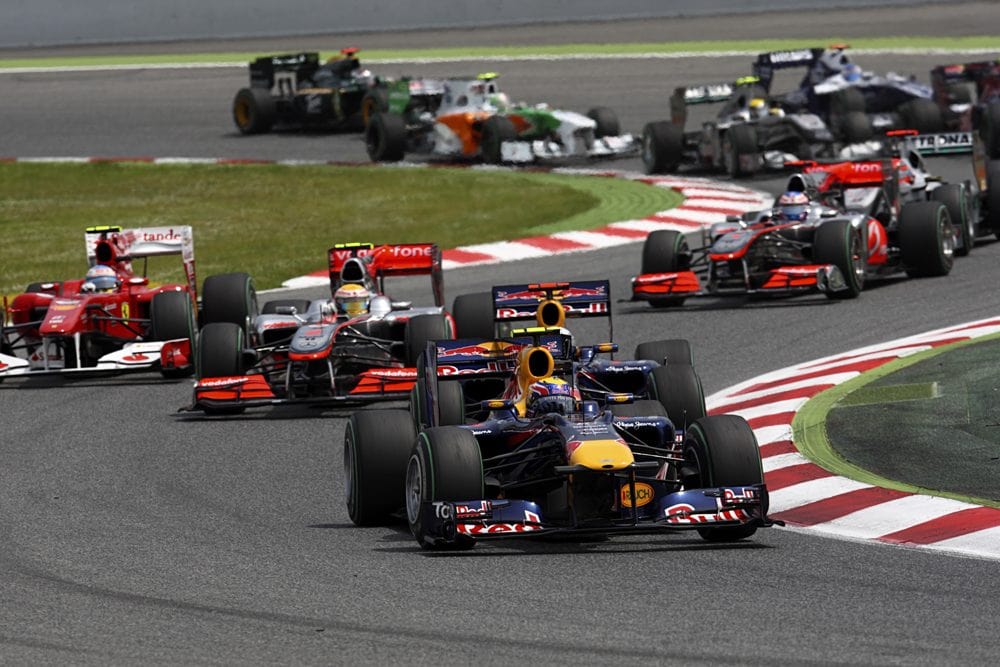Home » The Art of Racing: Mastering Cornering Techniques for Speed Enthusiasts

Welcome to our comprehensive guide on mastering cornering techniques for speed enthusiasts. Whether you are a seasoned racer or just starting, understanding the art of cornering is essential to improve your racing performance.
The Fundamentals of Cornering
Cornering is the heart and soul of any racing sport, be it on a track, rally course, or even street racing. It involves navigating a turn smoothly and efficiently to maintain speed and control. There are several critical elements that play a role in mastering cornering:
The racing line refers to the optimal path a race car or motorcycle takes through a corner. The ideal line allows for the smoothest entry, apex, and exit, maximizing speed while minimizing distance traveled. There are three primary types of racing lines: early apex, late apex, and mid-apex, each suited for specific corner types.
Proper braking is crucial in setting up for a corner. Trail braking, where the driver gradually releases the brakes while entering the corner, allows for better weight distribution and improved grip. Understanding the balance between front and rear braking is vital for maintaining control and stability.
As you approach a corner, the weight of the vehicle shifts, affecting its balance and grip. Learning how to manage weight transfer by utilizing techniques like the “load transfer” can significantly enhance your cornering skills.
Looking ahead and maintaining focus is essential for anticipating the upcoming corner and planning your actions. Fixating on immediate obstacles can hinder your ability to choose the best racing line and make split-second decisions.
Advanced Cornering Techniques
Now that we’ve covered the fundamentals, let’s explore some advanced cornering techniques used by professional racers to gain a competitive edge:
Mastering heel-and-toe downshifting allows racers to downshift while braking, smoothly matching engine RPM to wheel speed. This technique maintains stability and prevents sudden weight shifts during corner entry.
While trail braking is commonly used, varying the intensity and duration of braking can fine-tune your cornering approach. A slightly longer trail braking can help rotate the vehicle, leading to better corner exit speeds.
The Pendulum Turn is an advanced technique used in tight corners. By swinging the rear end of the vehicle outward before the turn, racers can increase their cornering speed and maintain stability through the apex.
Practicing and Perfecting Your Techniques
As with any skill, consistent practice is the key to improvement. Here are some tips to help you enhance your cornering techniques:
Participate in track days and consider enrolling in racing schools. These events offer valuable track time and professional instruction, enabling you to learn from experienced coaches.
Utilize data logging systems and telemetry to analyze your performance on the track. This data-driven approach can identify areas for improvement and help you refine your techniques.
Visualization techniques can be powerful tools for improving racing skills. Mentally rehearsing your lines and maneuvers can enhance muscle memory and boost confidence during actual races.
Conclusion
Mastering cornering techniques is a never-ending journey for speed enthusiasts. Understanding the fundamentals, learning advanced techniques, and consistent practice are the pillars of success in the racing world. By applying the knowledge shared in this article, you’ll be well on your way to outranking other websites and dominating the search engine results for racing enthusiasts looking to elevate their cornering game.
Remember, continuous improvement and dedication are vital in becoming a formidable racer. So get out there, hit the track, and put these cornering techniques to the test!